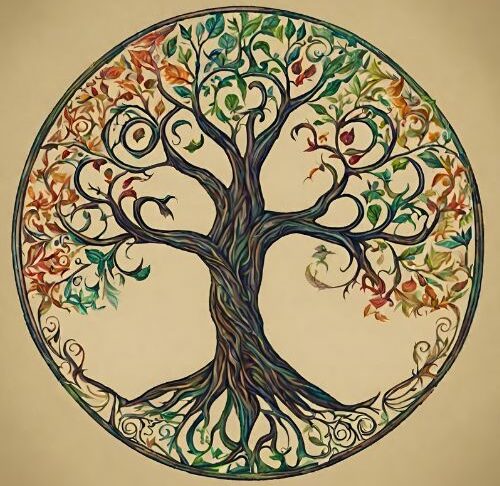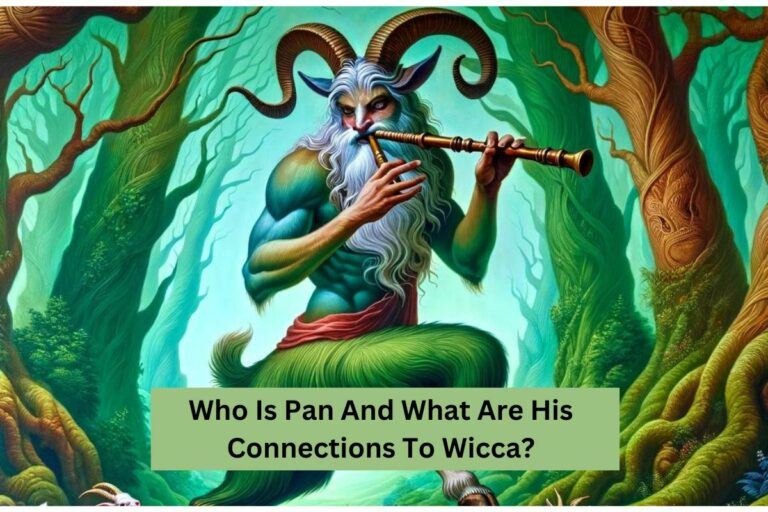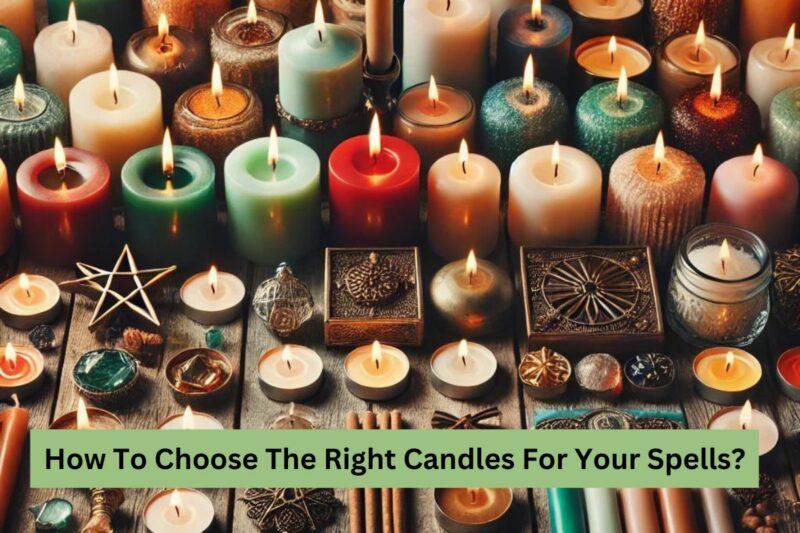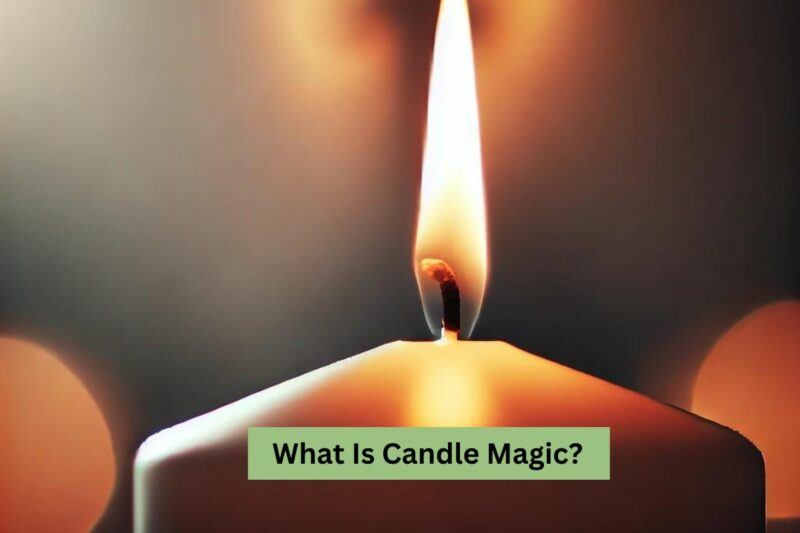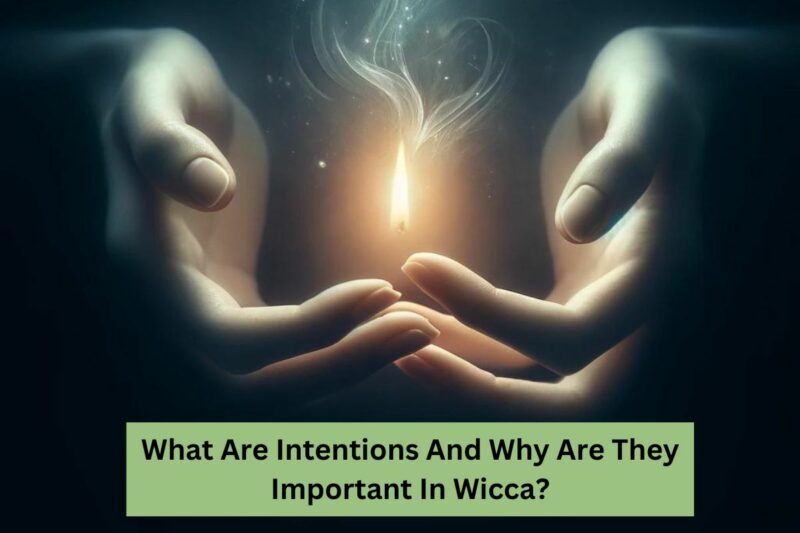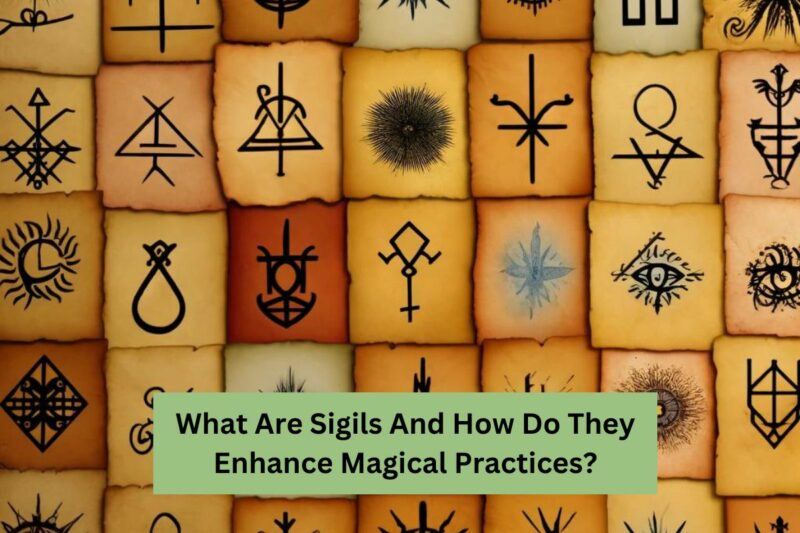- Understand who Pan is within the context of Greek mythology and his attributes.
- Explore the connection between Pan and Wicca, focusing on the symbolic and spiritual significance.
- Identify how Pan’s characteristics influence Wiccan practices and beliefs.
Pan is a fascinating figure from Greek mythology, known for his distinctive goat legs and horns and his enchanting music played on panpipes. He represents the wild and untamed aspects of nature and our spirits. Pan’s influence extends into Wicca, a modern spiritual path that deeply values the natural world. Pan’s ancient legends inspire Wiccan practices today, influencing rituals, celebrations, and artistic expressions.
The Greek God of the Wild
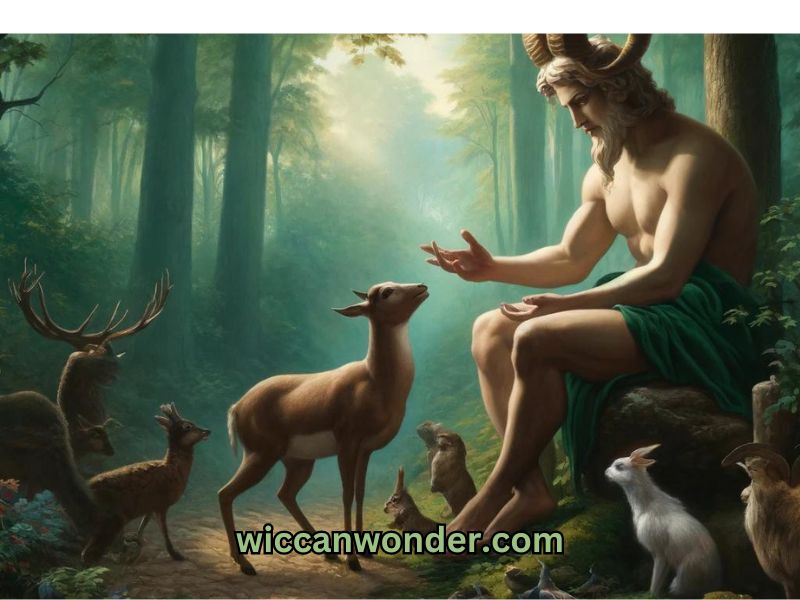
Pan is one of the most interesting characters from Greek mythology. He is often shown as having the legs and horns of a goat, which makes him quite unique. Pan is the god of the wild, shepherds, and flocks. He loves nature and is often seen roaming the forests and mountains.
One of the coolest things about Pan is that he plays the panpipes, a musical instrument made of reeds. His music is said to fill the forests and bring joy or sometimes even a bit of fear, as the sudden sound of his pipes could startle the unwary. This blend of joy and surprise captures the unpredictable spirit of the wild that he rules over.
Pan is also connected to fertility and the season of spring—a time when plants bloom and animals are born. This makes him a symbol of new beginnings and the natural cycle of life and growth.
In simple terms, Pan teaches us to appreciate the wild and natural parts of the world and ourselves. He reminds us that there is beauty and life flourishing outside the busy cities and structured lives that most of us lead.
Pan and the Horned God
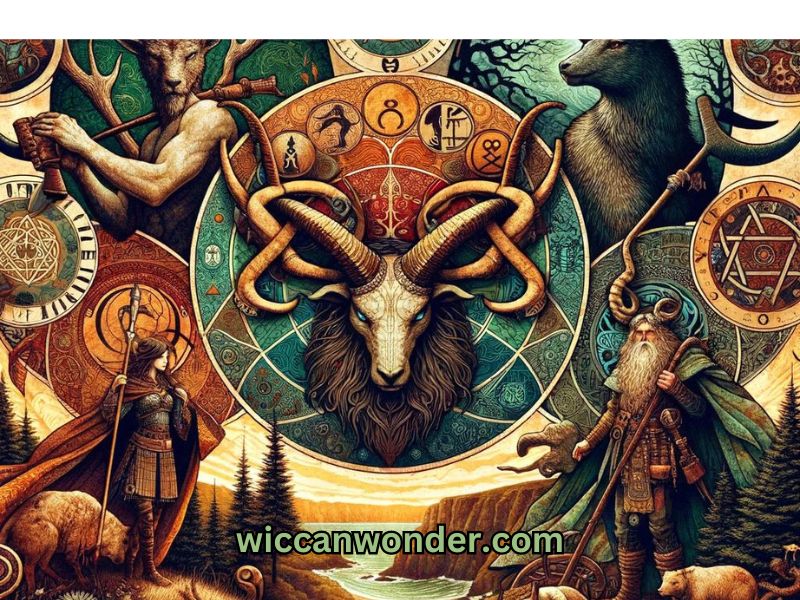
In Wicca, the Horned God represents the masculine aspect of nature and spirituality. He’s a combination of ancient deities with traits like being wild, connected to nature, and having animal-like qualities. Pan stands out among these figures because of his lively personality and strong connection to the wilderness.
Pan’s playful and wild nature makes him a perfect fit for the role of the Horned God in Wicca. This connection isn’t just about Pan’s appearance or old stories but also what he symbolizes. Pan teaches you to embrace nature and respect its cycles and untamed parts.
Alongside Pan, other gods like Cernunnos, from Celtic beliefs, and Herne, from English folklore, also contribute to the idea of the Horned God in Wicca. Each brings their own stories and symbols, adding depth to the Horned God’s character.
Comparative Attributes of Pan, Cernunnos, and Herne
| 🌿 Deity | 📜 Origin | 🔮 Symbols | 🌲 Associated Elements | 🛤 Role in Mythology |
|---|---|---|---|---|
| Pan | Greek | Panpipes, Goat | Nature, Fertility | God of the wild, shepherds |
| Cernunnos | Celtic | Antlers, Serpent | Animals, Forest | God of fertility, life, animals |
| Herne | English Folklore | Horns, Bow | Forest, Wildlife | Ghostly hunter |
| Brought to You by wiccanwonder.com | ||||
This blend of influences from different cultures shows how Wiccans view the divine as a mixture of traits and stories that strengthen our connection with the world around us. Through the Horned God, you celebrate not only nature’s physical aspects but also its spiritual and mystical dimensions.
Rituals and Celebrations
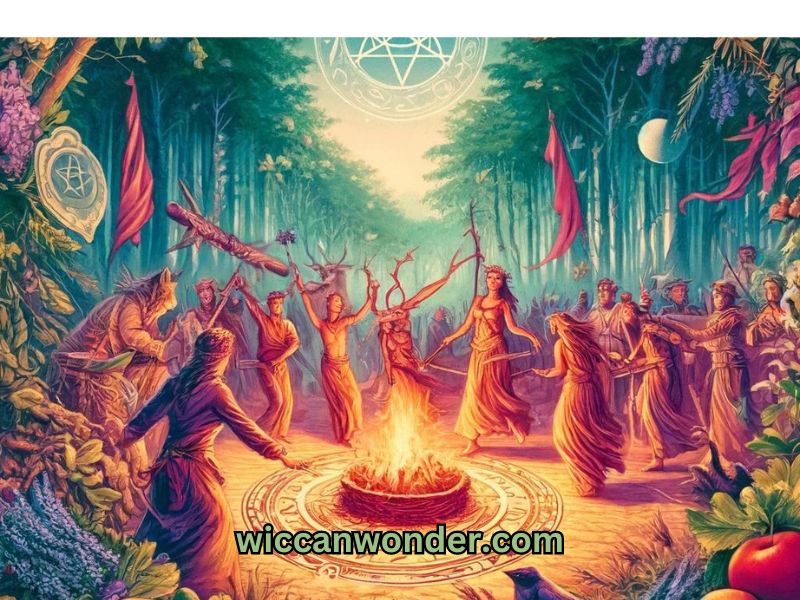
In Wicca, rituals and celebrations help you feel closer to spiritual forces, and Pan plays an important role in these activities. As Pan represents nature and wildness, elements linked to him are often used in ceremonies that honor the beauty and richness of the earth.
For example, during Beltane, a festival welcoming spring, you might use symbols of Pan to help focus your celebrations. You might play flutes or other wind instruments to honor Pan’s fondness for music or dance freely to express the joy and naturalness found in nature.
These ceremonies do more than honor Pan as a god; they connect you to the qualities he stands for, like the excitement of life, the spirit of freedom, and the strength of the natural world. By involving Pan in your rituals, you remind yourself of the value of staying in touch with life’s wild and free parts.
Sometimes, you might leave offerings for Pan in nature, like little cakes or fruits in a forest or field. These offerings are a way to thank nature and show respect for all living things.
Through these actions, you celebrate the natural cycles and the lively energy that Pan symbolizes, strengthening your connection to the natural world and its wonders.
Symbolism and Influence
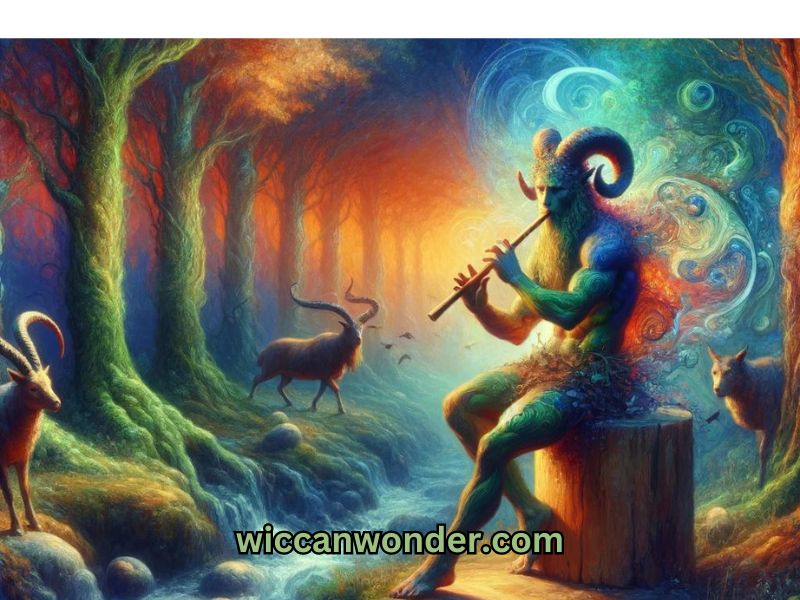
Pan’s influence in Wicca goes beyond rituals; it shows up in art, music, and culture too. His traits—like freedom, nature, and liveliness—are seen in different kinds of Wiccan art. For example, paintings and sculptures might show forests or Pan himself, reminding us of his connection to the wild and nature.
In music, when Wiccans use flutes and other wind instruments, they honor Pan’s special panpipes. These tunes celebrate the wild spirit of nature, making people feel closer to it.
Stories and poems in Wiccan groups often get ideas from Pan, too. His fun and carefree attitude inspires tales and poems about nature’s beauty, life’s cycle, and the joy of being part of nature. These stories and poems remind us to enjoy the simple things in life and feel free in nature.
Pan’s ideas are also part of Wiccan life, teaching us how to live well with nature. He reminds us to keep nature balanced and to respect all living things.
Through art and culture, Pan inspires Wiccans to love nature even more, showing that he’s still a symbol of the wild, free, and lively energy of the earth.
Ethical Considerations
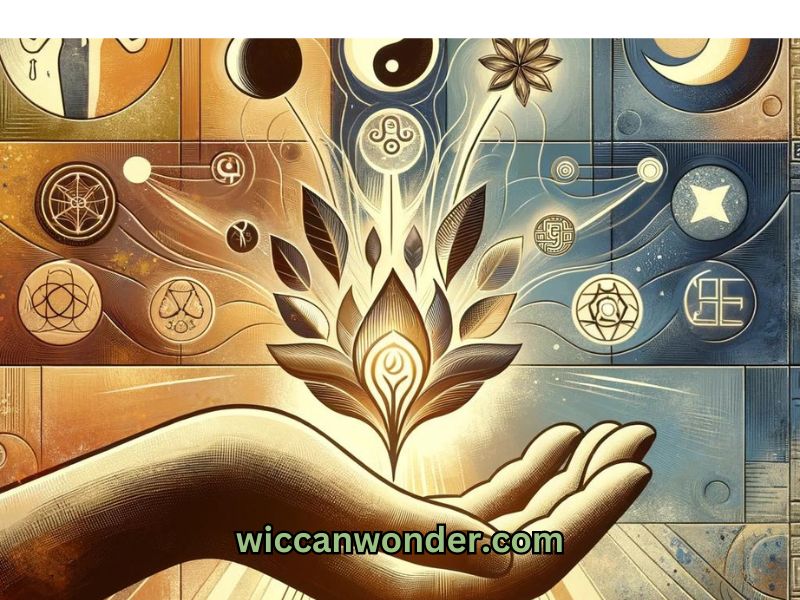
Bringing Pan into your Wiccan practices means thinking carefully about cultural respect and ethical issues. Pan comes from Greek mythology, so it’s important for you and others who include his story or symbols to understand and honor where they come from. This way, you ensure that these ancient beliefs are respected rather than just used because they look nice.
When you use symbols or stories of Pan in your rituals, it’s important to think about how you do it. You shouldn’t just take these elements without understanding their importance or thinking about how it might affect those who still believe in these ancient traditions. This approach promotes a more thoughtful and respectful interaction with the mythology.
Also, the conversation about using cultural elements in Wicca often brings up broader issues of cultural appropriation—using parts of a culture that isn’t your own without permission or understanding. To address these concerns, you should learn about the histories and contexts of the symbols they use and practice in ways that show respect and acknowledgment of where they come from.
By handling these ethical considerations carefully, you can make sure that your practices deepen your spiritual life while also respecting the cultural roots of the symbols and deities you use.
Pan in Broader Pagan Traditions
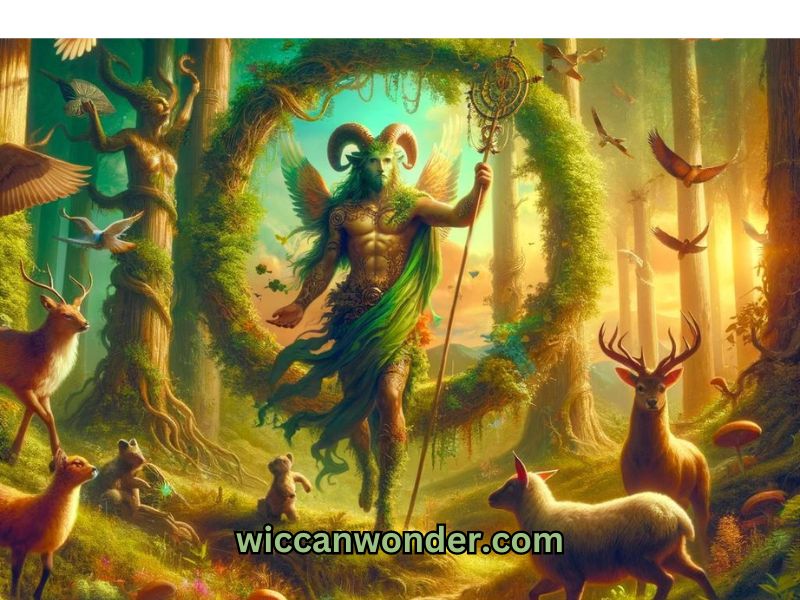
Pan is important not just in Wicca but in other Pagan traditions, too. In these traditions, he’s seen as a free-spirited god who loves nature. People think of him as a symbol of the wild and someone who protects nature.
In other Pagan practices, Pan’s influence goes into celebrating nature’s cycles and animals. His traits remind people to see the beauty in nature and to take care of it. Many Pagans see Pan as a symbol of protecting the environment and feeling connected to the earth.
They use Pan’s ideas to bring more freedom. He continues to inspire them to celebrate and care for nature. This shows in their rituals and everyday lives. His playful nature inspires them to live more naturally and follow their instincts, which can be very different from today’s busy lifestyles.
Pan’s legacy as a god with many sides influences discussions about nature and spirituality. He helps Pagans of all kinds figure out their relationship with the world around them, blending old stories with modern values about the environment.
Through these roles, Pan continues to inspire not only Wiccans but many different Pagans to celebrate and care for nature. This shows he’s still a powerful symbol of wild, freeing energy.
Frequently Asked Questions
What is the historical background of Pan in mythology?
Pan is a god from ancient Greek stories. He looks like a half-goat, half-human with horns. He’s linked to nature, music, and shepherds, known for playing panpipes.
How do Wiccans view Pan compared to traditional Greek followers?
In Wicca, Pan is seen as part of the Horned God, representing nature and masculinity. Wiccans focus on his wild and free qualities rather than just his role as a shepherd god.
Can Pan be worshipped in a purely Wiccan context, or does it blend other traditions?
Wiccans can worship Pan in their own way, but they might mix in elements from other beliefs. This helps create a richer and more meaningful practice.
What are some common misconceptions about Pan in Wicca?
Some people think Pan is just a playful or minor god in Wicca. But he’s valued for his connection to nature and freedom, which are important qualities in Wiccan beliefs.
How can modern practitioners ethically integrate Pan into their practices?
Practitioners should learn about Pan’s story and meaning to respectfully include Him in their rituals. They should also consider how to honor his origins and not misuse his symbols.
My Final Thoughts

Looking into Pan’s role in Wicca and other Pagan paths shows a great mix of old stories and modern beliefs. As a symbol of wild places, Pan helps us reconnect with nature and learn to love its wild parts. He stands for freedom, energy, and a strong connection to the natural world, ideas that are just as important now as they were long ago.
For both Wiccans and other Pagans, Pan is a perfect example of caring for the environment and enjoying personal freedom. His story encourages us to take care of the beautiful natural world around us and to live in a way that respects nature’s rhythms and secrets. By including Pan in our spiritual lives, we can build a closer relationship with the earth and all its creatures.
As we think about Pan’s lasting charm and his place in today’s spiritual practices, we see that his teachings are not only about history—they’re about how we live now and how we treat our environment. Pan asks us to think about our own role: How can we look after the wild and live in harmony with our planet? Please leave me a comment below.
Blessed Be!
Taianne
Share the Love
Latest Posts

Welcome to WiccanWonder.com!
I’m Taianne, your guide on this enchanting journey into the realm of Wicca and witchcraft. Inspired by the magical stories of pop culture, I’ve transitioned from a casual fan to a dedicated explorer of Wicca’s true nature—a nature-based religion celebrating the divine, the cycles of nature, and living harmoniously with the earth. Through WiccanWonder.com, I aim to demystify Wicca, separating fact from fiction, and inviting others to explore its rich traditions and practices alongside me. As a fellow seeker, I’m here to share insights, discoveries, and open a space for dialogue and learning. Whether you’re new to Wicca, a seasoned practitioner, or simply curious about magic and spirituality, your presence enriches our journey. Let’s explore the wonder of Wicca together.
Feel free to contact me at Taianne@wiccanwonder.com
Blessed be!
